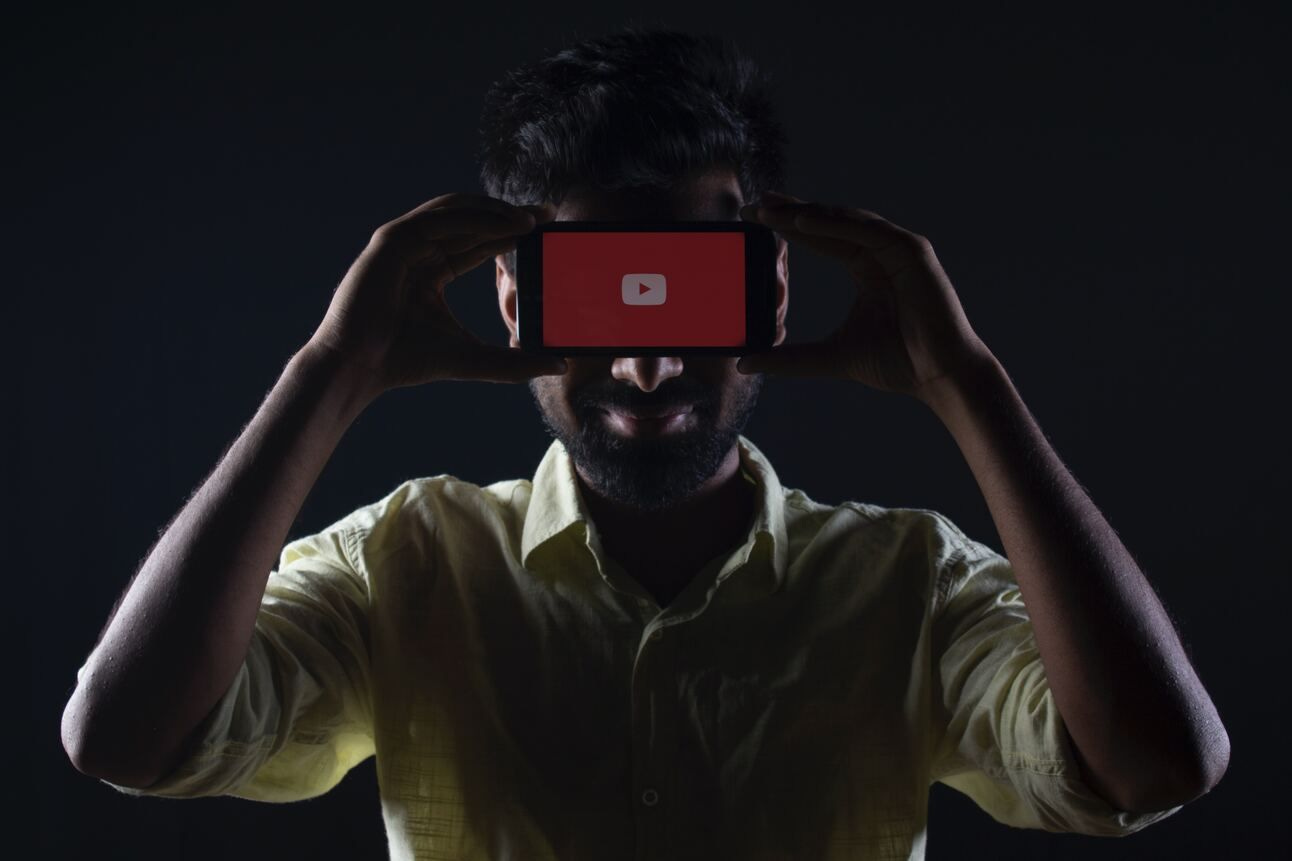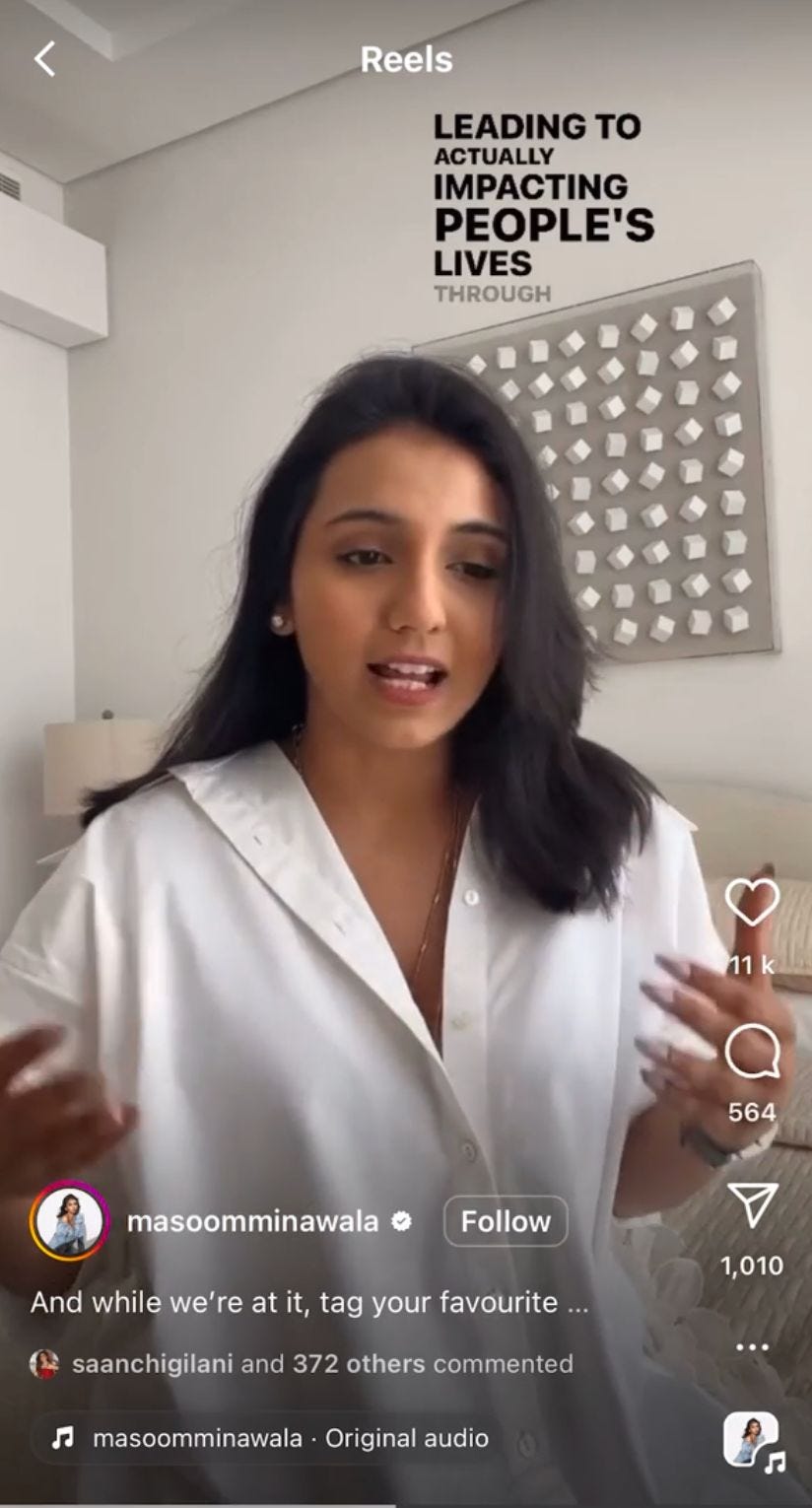Koo’s search for ‘Bharat’
India’s answer to Twitter is now struggling for funds. Does India need homemade social media platforms?
Good afternoon!
Welcome to The Impression, your weekly primer on the business of media, entertainment, and content.
If someone shared this newsletter with you or if you’ve found the online version, hit the button below to subscribe now—it’s free! You can unsubscribe anytime.
A quick note: we’re taking next Tuesday (September 19) off for Ganesh Chaturthi, so there won’t be an edition of The Impression next week. I’ll be back on September 27.
Investors of Indian internet companies have been talking about ‘India vs Bharat’ long before politicians got in on the act. Forget Meta and Google’s dominance over the Indian internet; these believers say there’s money to be made not from ‘India’ but from users in ‘Bharat’, aka the sea of middle- and lower-income Indians who live humble lives in small towns.
But there’s little consensus on who these users are. Some say anyone outside of Delhi-Mumbai-Bangalore counts as part of ‘Bharat’. But given these cities run on the labour of massive working-class populations, that doesn’t seem right. Besides, a rich business owner in cities like Lucknow and Chennai or even small towns is hardly a ‘Bharat’ user.
So, who are social media apps targeting ‘Bharat’ really building for? And do these so-called ‘Bharat’ users even want their own social media?
Why Indian social media needs ‘Bharat’

Photo by Rachit Tank on Unsplash
Koo is among those homegrown internet companies claiming to build for ‘Bharat’. The social media platform is a Twitter alternative for “Bharat’ users in their language. But this wasn’t founder Aprameya Radhakrishna’s first such pitch.
Before Koo, there was Vokal. The app, founded in 2016, is an Indian language version of Quora where users ask questions of all kinds, and the community answers them. Vokal pitched itself as a ‘P2P info-sharing space for Bharat ’.
Then, in 2020, Vokal’s parent firm Bombinate Technologies launched Koo, an Indian language version of Twitter (now X), complete with the pigeon’s ‘coo’ to rival the bird’s ‘tweet’ and a yellow bird for a mascot.

| |||
Time to build our own desi social networks! We already are Vokal for Local and now here's us introducing our second super exciting product - 'Koo' - Desi Microblogging 🙂 Enjoying the early days and the hockey stick growth. play.google.com/store/apps/det… | |||
 | |||
Jun 30, 2020 | |||
 | |||
130 Likes 34 Retweets 20 Replies |
Much of its early hype came from government officials and prominent ministers joining the app in 2021, at a time when Twitter was fending off allegations of violating Indian laws. That same year, Koo picked up in Nigeria, where the government had banned Twitter. A year later, it became popular in Brazil as well.
It seemed to be going well. But just three years later, Koo is reportedly struggling to raise funds and talking to bigger rivals for a strategic stake sale, The Arc and Entrackr reported last week. Koo has spoken to better capitalised ‘local’ rival ShareChat and to Microsoft, which owns employment-focused social media platform LinkedIn.
What’s gone wrong with Koo’s ‘building-for-Bharat’ strategy?
Find the Money
First, Koo hasn’t found a way to make money yet. Per its latest available filings, it made just under ₹5 crore (~$600,000) in revenue in the year ended March 2022. But hardly any of that came from actual operations, i.e. the sale of marketing services (read: ads). Koo’s earnings mostly came from its parent company’s bank deposits and other investments.

Harish Arjun/The Signal
And the company is bleeding money. In FY22, it recorded losses of nearly ₹200 crore (~$24 million). Most of its money was spent on salaries, technology costs, and advertising.
It’s not just a Koo problem, though. Rivals Twitter and Weibo are also struggling to make money.
Twitter broke even only in 2018 and then lapsed back into losses in 2020. Before Elon Musk took Twitter private, the company reported losses worth $221,000 in the year ended December 2021, despite a 45% increase in ad revenue (pdf). The number of users on the platform grew year on year, but the monetisable daily active users (mDAU) in the US, its biggest market, stagnated at 37-38 million. The number of users who engaged with a performance ad on Twitter also declined for several months that year.
In comparison, Weibo has been profitable for the last three years, although profit for the year ended December 2022 declined sharply to just under $98,000 (pdf). Its total revenue also fell year on year, led by a 14% drop in advertising revenues. A global economic slowdown has prompted companies to cut ad spends since last year, hurting all major social media companies.
In an email response to The Impression, a spokesperson for Koo said the company has “optimised costs drastically” in the past year to adjust to a “revenue first reality”.
Second, Koo needs many more famous users and tonnes of content to build a sustainable user base.
As per shareholding data for March 2022, there are several celebrities holding minor stakes in the company, including actors Anupam Kher, Shraddha Kapoor, Kriti Sanon, and Lara Dutta, and cricketers such as KL Rahul. They all have verified accounts on Koo but aren’t nearly as active on the platform as they are on Instagram or X. Celebrity investors and X personalities like Balaji Srinivasan and Naval Ravikant are also on the cap table, but the former hasn’t posted anything on Koo since 2021, and the latter hasn’t posted ever.
Koo’s spokesperson told The Impression that there are 8,000 verified profiles on the platform including the “who’s who” of India and Brazil, adding the company does not pay anyone to open an account on the platform. “All investors who have participated in Koo's journey as an investor, have because they share our vision for creating a social media that's inclusive, made in India and made for the world,” the spokesperson said.
In June, Koo launched a ‘Premium’ programme, allowing top users to offer exclusive content to their followers on subscription plans. But for this to work, Koo needs existing celebrities on the platform and also needs to nurture creators of its own who become the face of the app, just like YouTube, Meta, and Twitter have done. The program is in beta and open to a limited set of creators.
Without a critical mass of users, social media platforms can’t get the network effects they need to stay relevant. Take Meta’s own X rival, Threads: despite a record-breaking number of people signing up, the platform lost over 80% of its active user base because it didn’t ship crucial features and incentivise top voices to keep posting.
Getting existing celebrities may mean bringing some of them on as minor investors and offering them a stake, diluting even more equity. If they continue to stay on bigger, more powerful social media platforms, Koo will have little to offer as a differentiator. Look at Truth Social, a Twitter rival floated by former US president Donald Trump after he was banned from the platform. Since Trump returned to X last November, his own conservative-leaning social media platform has rapidly lost appeal, even as it prepares for a public listing via a special purpose acquisition company with hardly any revenue or user base to show.
Meta and X have begun selling blue ticks and experimenting with other monetisation models. Meanwhile, Koo still seems to be searching for creators and content.
Recent reports have suggested that Koo is talking to strategic investors because it is unable to raise money on its own and is running out of cash. Its last reported fundraise was in November 2022; it got over $6 million from a clutch of investors including Tiger Global and Accel Partners. But the company’s filings show that in January this year, it raised another ₹10 crore (~$1.2 million) from the Ahmedabad-based Urmin Group family office.
It’s unclear if this was an extension of the November fundraise or a new round. Koo’s spokesperson declined to comment on the investment.
But ₹10 crore is hardly enough for a company that burned through ₹200 crore in the last fiscal year and is still rolling out new features such as Koo Premium. Both recent reports on Koo have said the platform’s monthly and daily active users are falling. Koo’s spokesperson declined to disclose the size of Koo’s active user base.
India’s homegrown social media platforms aren’t competing too well against their American rivals. Short-video apps that mushroomed after TikTok was banned in India in 2020 have mostly fallen by the wayside. The biggest among them is ShareChat’s Moj, but the parent company is struggling to manage its affairs as well. Earlier this year, it laid off about 20% of its workforce, and two of its three co-founders quit. By most estimates, Moj lags Instagram Reels and YouTube Shorts by active user base and advertising revenue.
Much ado about ‘Bharat’
So, the question is: can a homegrown platform “build for Bharat” better than Meta and Google can? Google apps such as YouTube have the deepest reach among Indians because they come pre-installed on every Android phone. YouTube, along with Meta’s WhatsApp, Facebook, and Instagram, is among the top 10 most used apps in India, according to data.ai. A new entrant will have to be so wildly popular that it forces users en masse to abandon apps they’re used to and have pre-installed on their devices.
Remember, the ordinary ‘Bharat’ user is probably using a cheaper smartphone that cannot handle more than a few apps at a time. Will they delete Facebook—where their family and friends are, and where they can browse in most Indian languages—and use Koo instead? Probably not. Not unless India does what China has done for its internet companies: ban American rivals.
Koo says it has built a diverse user base and communities in over 20 languages. “Global social media (primarily X) is English dominant. Just 20% of the world speaks English,” the company’s spokesperson told The Impression. “The opportunity we are after is much larger than what X is catering to in its current form.”
Do you use Indian social media apps such as Koo and ShareChat?
Last Scroll Down📲

Tenor
Change in programming: After facing the heat for months, Disney+ Hotstar has some good news to report. The platform hit a record 28 million concurrent viewers during the India vs. Pakistan match of the Asia Cup. Also, the platform signed a deal with audio platform Pratilipi to adapt some of its original audio series into web shows. Pratilipi cracked a similar deal with Amazon’s Audible earlier this year.
Shop while you swipe: Social media just won’t give up on dreams of e-commerce. TikTok has officially launched Shop in the US. Short videos now have a ‘shop’ button, and the platform will handle shipping and payments on its own. Already, there are allegations the platform is flooded with substandard Chinese goods. But TikTok says big names such as L’Oreal and Olay are signing up to sell.
‘No’s for news: Sohit Mishra, the Mumbai bureau chief of news channel NDTV, quit after he was reportedly asked to create a ruckus at a press conference held by Congress leader Rahul Gandhi. In a video, Mishra alleged interference in editorial decisions. Several longtime reporters and anchors have quit the channel since the Adani Group acquired it in December last year.
Jai Jawan: Shahrukh Khan starrer Jawan was the world’s second biggest grosser this past weekend after The Nun II, earning $62.7 million at the box office globally. It’s already broken several domestic records.
Trumpet 🎺

From u/discipulus_iuris on Reddit
More young folks say they want to be YouTubers, TikTokers, or some kind of influencer when they grow up. Is that disappointing? Perhaps for those who were raised with more conventional aspirations: being a doctor, an engineer, or something else ‘real’.
But can being an influencer be a ‘real’ job?
Fashion influencer Masoom Minawala found herself in the midst of this controversy last week. In a now-deleted Instagram Reel, she argued that being an influencer is every bit as impactful as being a doctor or people “who build bridges and homes.”
“Some people also impact, aspire, uplift, change through digital content,” she said in the video. “And I think as a society we need to…gracefully accept…that.”
People mocked Minawala for this video, especially for equating her job with more important ones like doctors and engineers and for labelling herself an “advocate of the influencer industry.” Later, in her stories, she apologised for making the comparison but insisted that influencers have significant economic and social impact.
Obviously, influencers are a ‘real’ thing now. There are businesses, investors, and policymakers whose job revolves around the so-called creator economy. This year, Goldman Sachs estimated that the global creator economy will be worth half a trillion dollars by 2027 as advertisers spend more on influencer marketing. Last year, economic advisory firm Oxford Economics said YouTubers contributed ₹10,000 crore to India’s GDP in 2021 (pdf).
However, Goldman Sachs also said only 4% of all creators worldwide can be considered “professional”—those earning more than $100,000 a year. If this is an accepted standard, it further blurs the lines between an actor, model, reality TV personality, and others famous for being famous.
Fame can make you rich. But just like few believe a Miss Universe can help poor kids in war-torn countries, few will ever agree that influencers ‘uplift’ people with ‘digital content’.
That’s all this week. If you enjoyed reading The Impression, please share it with your friends, family, and colleagues. And please write to me anytime at soumya@thesignal.co with thoughts, feedback, criticism or anything you’d like to see discussed in this space. I'd love to hear from you.
Thanks for reading, and see you again next Wednesday!



